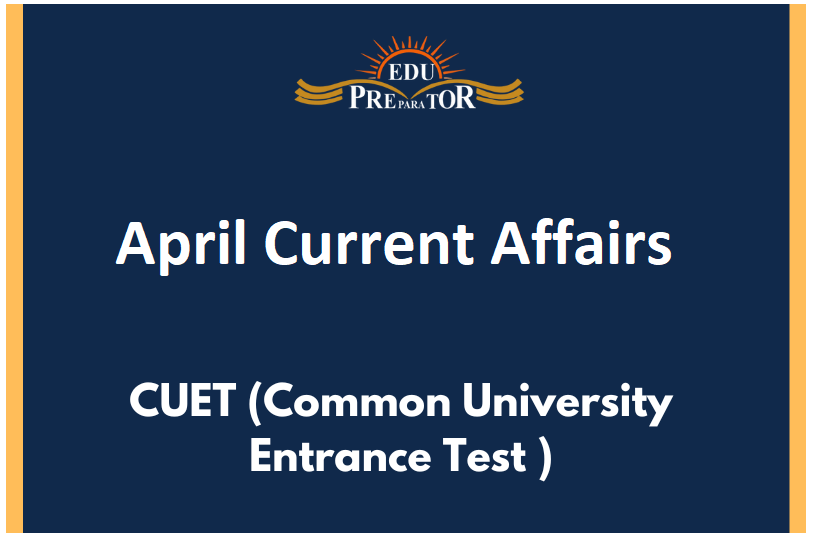
Ascertaining the Intensity of Hepatitis Burden in India Through Global Hepatitis Report 2024
1: India’s Share in Global Hepatitis Burden
- India has been identified by the Global Hepatitis Report 2024, released by the World Health Organization (WHO), as one of the countries bearing a significant burden of viral Hepatitis, especially Hepatitis B and C.
- In 2022, India recorded over 50,000 new Hepatitis B cases and 1.4 lakh new Hepatitis C cases.
- With 2.9 crore people living with Hepatitis B and 0.55 crore living with Hepatitis C, India is one of the countries with the highest prevalence of viral hepatitis.
- Viral hepatitis ended up claiming the lives of 1.23 lakh people in India in 2022 alone.
2: Diagnosis and Treatment Challenges
- Despite availability of affordable generic medicines, in India, only 2.4% of Hepatitis B cases and 28% of Hepatitis C cases get diagnosed, and treatment coverage is even lower.
- Challenges include limited reach and utilisation of the National Viral Hepatitis Control Program, need for expanded access to affordable diagnostics and treatment services, and treatment of all the diagnosed individuals, irrespective of their disease stage.
3: Global Mortality and Prevalence Trends
- Viral hepatitis was responsible for an estimated 1.3 million deaths globally in 2022, matching the mortality rate of tuberculosis.
- Hepatitis B and C combined afflicted about 304 million people globally in 2022.
- The number of new viral hepatitis infections globally fell from 2.5 million in 2019 to 2.2 million in 2022.
4: Major Facts about Hepatitis
- Hepatitis, which can be fatal, is caused by infectious viruses and noninfectious agents.
- Despite their varying characteristics, Hepatitis strains A, B, C, D, and E can lead to serious health conditions like liver cirrhosis, liver cancer, and chronic liver infection.
- Prevention of certain hepatitis types is possible through vaccination, and it is estimated that about 4.5 million premature deaths can be averted by 2030 through vaccination, diagnostic tests, medicines, and education campaigns.
5: India’s and Global Countermeasures
- India is combating Hepatitis through initiatives like the National Viral Hepatitis Control Program, National Health Mission, and India's Universal Immunization Programme.
- On the global front, World Hepatitis Day and WHO's goal of eliminating hepatitis by 2030 are significant initiatives.
6: The Way Ahead
- Immediate focus should be on treating an estimated 40 million people with hepatitis B and curing 30 million people with hepatitis C by 2026.
- Efforts should be targeted towards high-risk groups prevalently affected by viral hepatitis.
- Integrating hepatitis services into primary healthcare settings can improve accessibility across all socioeconomic groups.
- Upgrading the National Viral Hepatitis Control Program by enhancing funding, scope, and coordination among stakeholders along with prioritising early diagnosis and treatment initiation would be a progressive approach.



Comments
Nam cursus tellus quis magna porta adipiscing. Donec et eros leo, non pellentesque arcu. Curabitur vitae mi enim, at vestibulum magna. Cum sociis natoque penatibus et magnis dis parturient montes, nascetur ridiculus mus. Sed sit amet sem a urna rutrumeger fringilla. Nam vel enim ipsum, et congue ante.
Cursus tellus quis magna porta adipiscin
View All